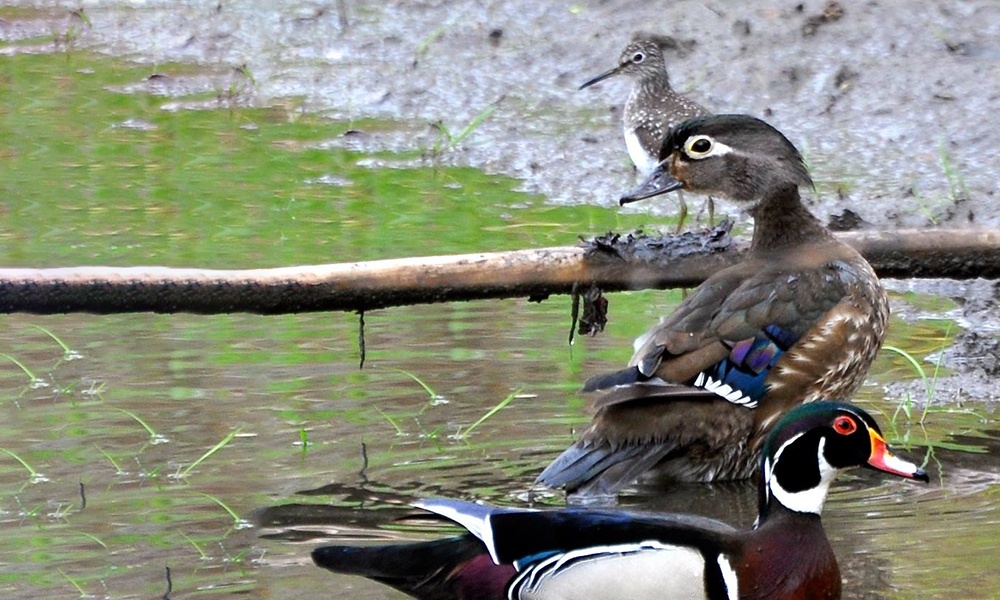Forest Fave: Fullersburg Woods and Graue Mill
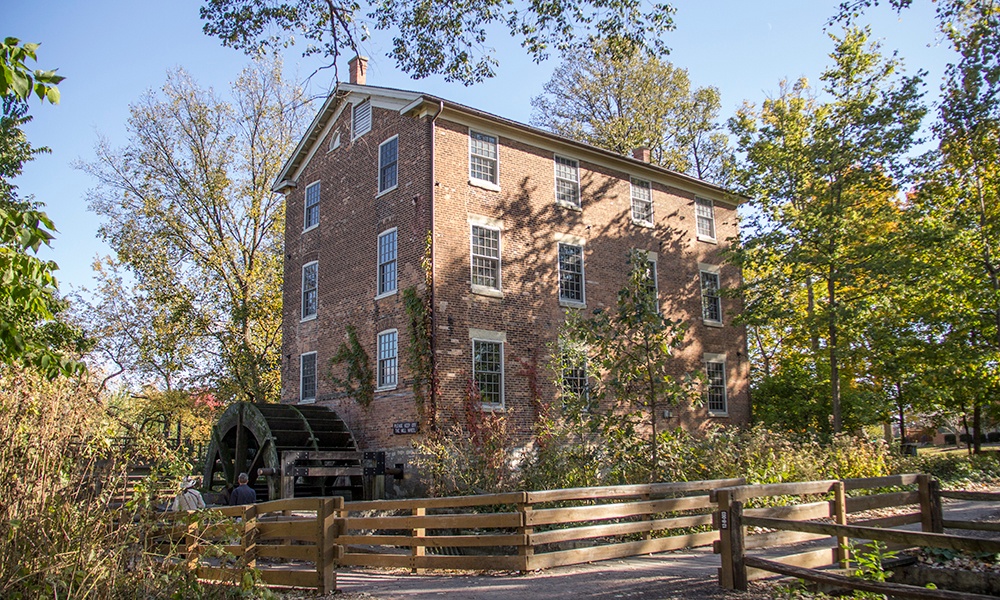
Visitors expect to encounter nature and native wildlife at DuPage forest preserves, but it’s a bonus to experience history firsthand as well. Fullersburg Woods Forest Preserve in Oak Brook does just that with its Graue Mill and Museum, located in the southern corner of the preserve. The historic waterwheel gristmill open for the 2018 season on April 17. It closes for the season in mid-November with its finale “Christmas at the Mill” holiday boutique.
Dan Jones, assistant manager of site operations for the District’s East Division, said he especially loves Graue Mill because it is the only operating waterwheel gristmill in Illinois in its original spot. Visitors can tour the historic building and see its operating waterwheel and giant 2,000-pound grinding stones in action. The mill began grinding corn for cornmeal in 1852 after German immigrant Frederick Graue bought the site in 1842. A registered national historic landmark, the mill served as the hub of activity as it processed grain for almost 70 years. It is also one of the area’s remaining authenticated Underground Railroad “stations,” providing a safe haven for slaves on their road to freedom. The District bought the property in 1928, and the Civilian Conservation Corps restored the building in the 1930s and early 40s. The mill has been operated by the nonprofit DuPage Graue Mill Corporation since 1952.
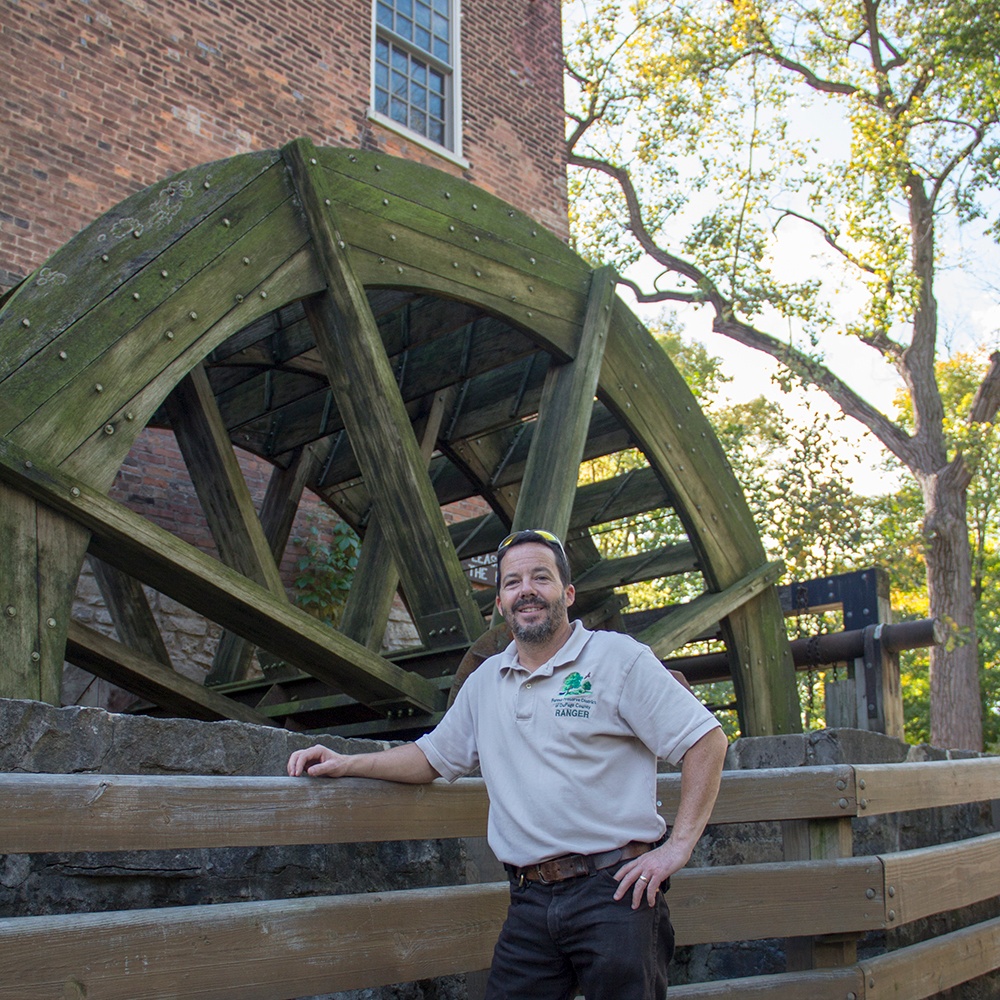
“It’s fascinating to know this building completed by Frederick Graue has been here for 166 years and is still operating,” Jones said. “I’m very proud that the District and Graue Mill Corporation to have been able to preserve this 166-year-old building for the public.”
Located at 3800 York Road, the mill is open from mid-April to early November. Call 630-850-8116 for more information.
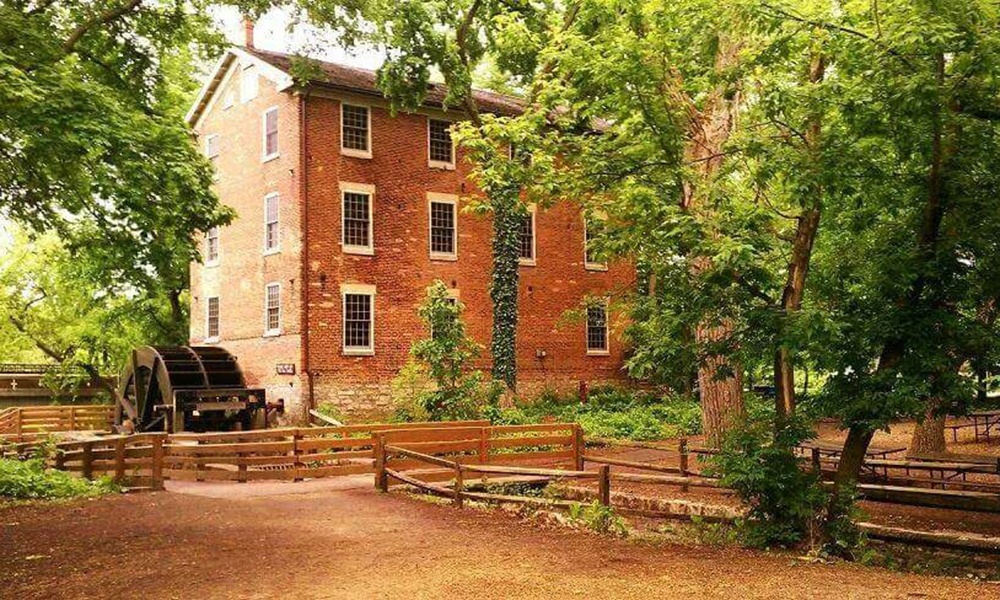
The nearby Frederick Graue House, built in 1859, is a beautiful example of early Victorian Italianate architecture and served as the Graue family home until 1945. A $1 million restoration project has renovated the building and grounds. Three large rooms and a service area on the first floor are available for rental.
But even if the mill is closed, it’s still worth a trip because the historic building is so photogenic in all seasons. Nearby Salt Creek features a beautiful waterfall and plenty of fishing opportunities. Salt Creek features largemouth bass, channel catfish, crappie, northern pike and walleye.
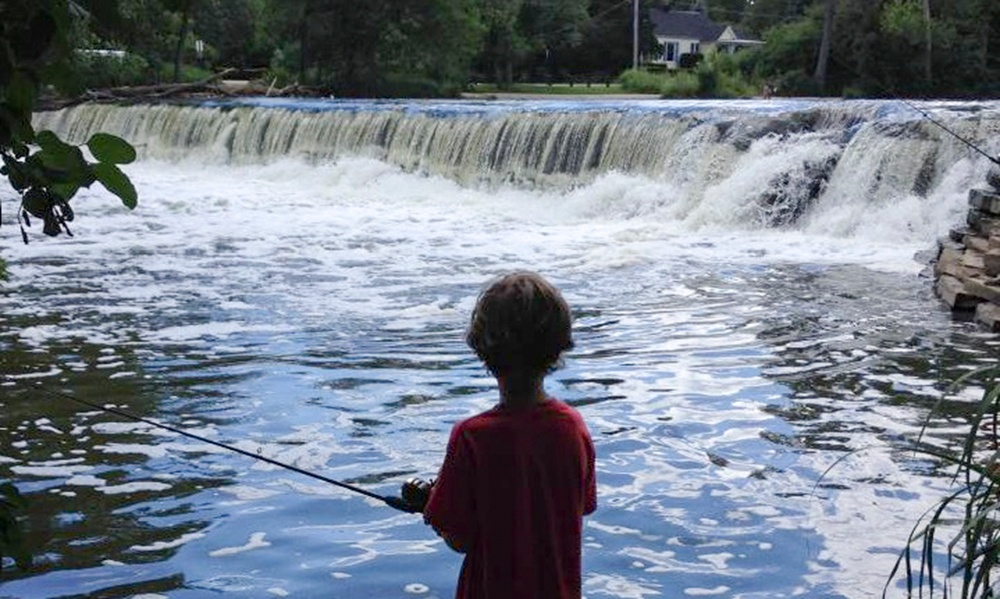
A short half-mile walk along the banks of Salt Creek on Night Heron Trail connects Graue Mill to the Fullersburg Woods Nature Education Center. The trail will be closed from late April through early May 2018 to repave 300 feet of trail and repair a stretch of riverbank west of Graue Mill. To complete the work along Salt Creek, the District needs to temporarily lower the water level.
Fullersburg Woods features a nature education center with hands-on, interactive exhibits and native wildlife on display. There’s also a treetop tower where kids can gain a birds-eye view of animals that inhabit the Salt Creek watershed and spotting scopes looking out onto the creek for viewing mammals and resident and migratory birds. Also on display is the skeleton of a 13,000-year-old woolly mammoth discovered at McKee Marsh at Blackwell Forest Preserve in Warrenville in 1977.
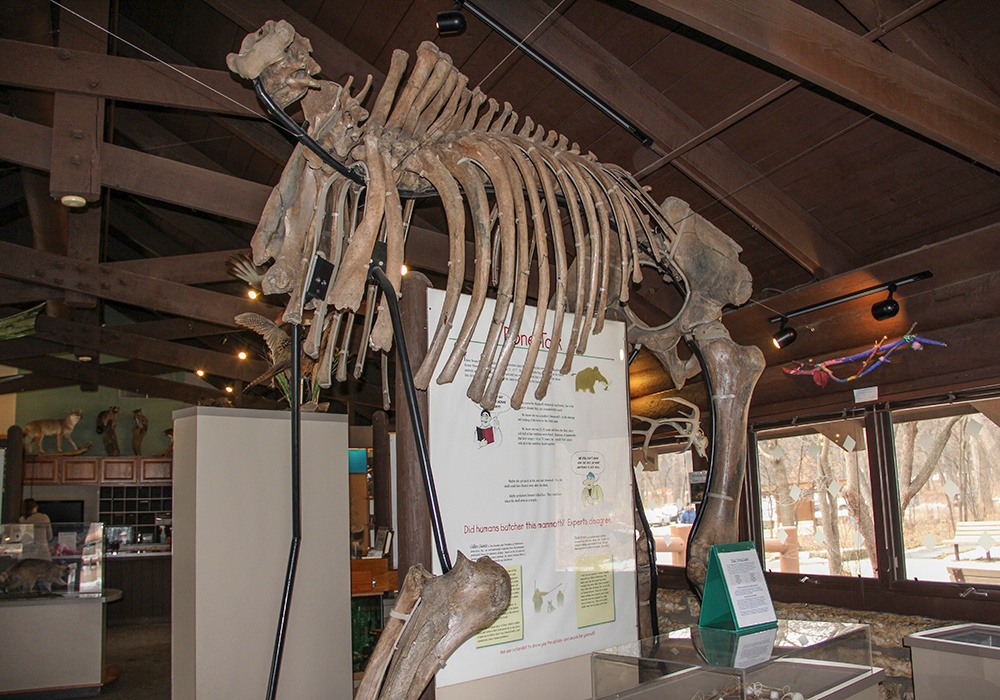
Tips for if you go
Don’t forget to check out the Ben Fuller House located across the street adjacent to the York Road parking lot. Build around 1840, the historic home is made of small timber and is one of the oldest balloon-frame construction structures in Illinois.
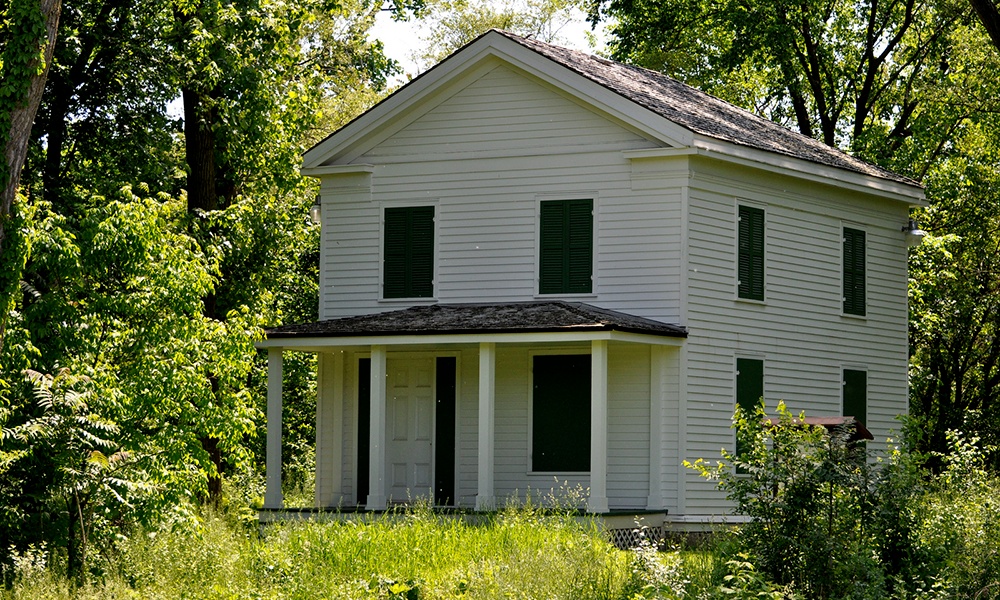
At Fullersburg Woods, visitors can take a self-guided tour along the 1.3-mile interpretive trail through lowland woods and restored prairies by foot, bicycle or cross-country skis to learn about DuPage County’s natural history. Most of the trail follows Salt Creek, providing visitors with the chance to see local flora and fauna.
Jones said his favorite thing to do at Fullersburg is hike the trails. “This is a great place to observe nature and check out the bridges, nature center and many shelters built by the Civilian Conservation Corps along the trail system,” said Jones. Many people don’t realize that Fullersburg was home to a Civilian Conservation Corps camp in the 1930s and 40s.
The Wildflower Trail, which starts near the visitor center and travels through the woods and restored prairie, showcases many native species of wildflowers. Miles of multipurpose trails are open to bicycles, horseback riders, cross-country skiers, hikers and dog walkers.
Fullersburg Woods also offers a variety of programs for groups, schools and individuals, from maple syrup programs in the spring, Fullersbird Friday during the spring and fall migration, the Natural World Book Club, summer camps for kids, and Halloween Night Walks in October.
Fullersburg Woods is also very popular among fishing and kayaking enthusiasts for the recreational opportunities available on Salt Creek as well. In the winter when there’s adequate snowfall, visitors can cross-country ski or rent snowshoes daily 10 a.m. ‒ 2 p.m. at the Fullersburg Woods Nature Education Center. Call 630-850-8110 for availability.
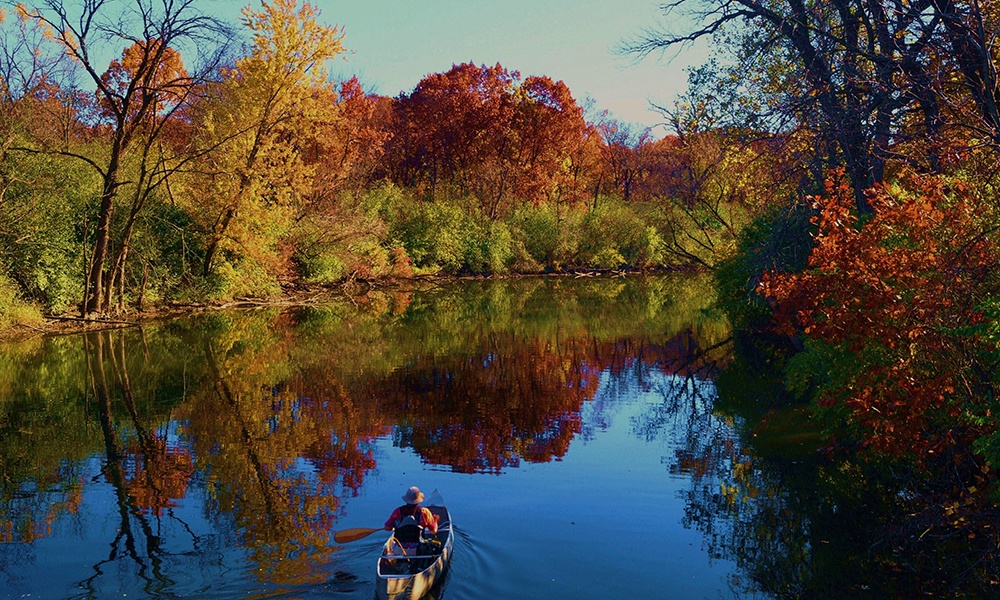
It’s also interesting to note the successful restoration efforts at Fullersburg Woods. At one point the preserve was so heavily used that in 1969 picnicking was restricted, and boating was prohibited because sewage discharges and water runoff from surrounding communities polluted Salt Creek. As a result, the District implemented plans to restore and preserve the natural surroundings, improve flood control and provide environmental education. As a result, the creek’s water quality has improved, trees and other plant communities are thriving, and a restored prairie adds to the preserve’s diversity. Today, Fullersburg is a prime wildlife haven in an urban environment, hosting a variety of woodland wildlife, nesting songbirds, and spring and fall migratory birds, especially warblers.
